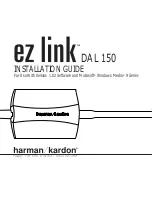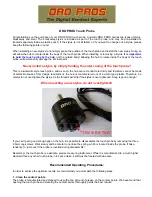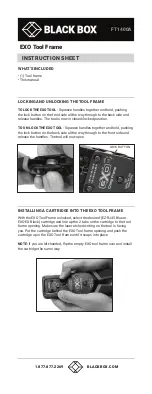Telink TLSR8232 BLE SDK Developer Handbook
AN-19112700-E1
149
Ver.1.0.0
7. Key Scan
Keyscan architecture based on row/column scan is used to detect and process key state
update (press/release). Users can directly use the sample code, or realize the function by
developing his own code.
7.1 Key Matrix
Take Telink 5316 BLE remote demo board as an example: It
’s a 5*6 matrix and supports
up to 30 buttons. Five drive pins (Row0~Row4) are used to output drive level, while six
scan pins (CoL0~CoL5) serve to scan for button press in current column.
VCC
VCC
VCC VCC VCC VCC
Drive
Pin
Scan
Pin
Row0
Row1
Row2
Row3
CoL0
CoL1
CoL2
CoL3
CoL4
CoL5
Row4
Figure 7-1 Row/Column Key Matrix
Keyscan related configurations in app_config.h are shown as below:
On Telink demo board, Row0~Row4 pins are PA5, PA4, PA3, PA2, and PA1, while
CoL0~CoL5 pins are PC6, PC5, PC4, PC3, PC2, and PC1.
Define drive pin array and scan pin array:
#define
KB_DRIVE_PINS {GPIO_PA5, GPIO_PA4, GPIO_PA3, GPIO_PA2, GPIO_PA1}
#define
KB_SCAN_PINS {GPIO_PC6, GPIO_PC5, GPIO_PC4, GPIO_PC3, GPIO_PC2,
GPIO_PC1}
Keyscan adopts analog pull-up/pull-down resistor in TLSR8232 IC: drive pins use 100K
pull-down resistor, and scan pins use 10K pull-up resistor. When no button is pressed,
scan pins act as input GPIOs and read high level due to 10K pull-up resistor. When key
scan starts, drive pins output low level; if low level is detected on a scan pin, it indicates
there’s button pressed in current column (Note: Drive pins are not in float state, if output


















